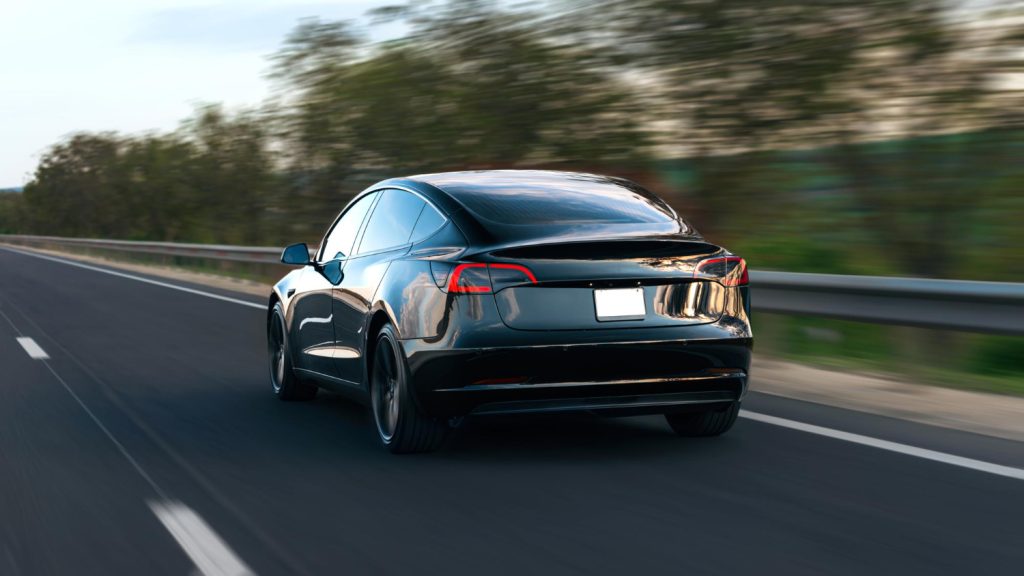Leasing a car in Spain can be a practical and cost-effective way to enjoy reliable transportation without the long-term financial burden of car ownership. However, one key consideration for anyone opting for a lease is understanding what maintenance and repair services are covered under the leasing contract. Spanish leasing companies often offer comprehensive coverage, but not all contracts are created equal. This article will explore what’s typically covered, what isn’t, and what you need to know to avoid surprises.
What is Car Leasing and Why Maintenance Coverage Matters
Car leasing involves renting a vehicle for a specified duration (usually between 2 to 5 years) in exchange for monthly payments. Unlike buying a car, you don’t own the vehicle at the end of the term, but you benefit from driving a new or relatively new car. One of the primary advantages of leasing is the reduced hassle of maintenance and repairs compared to owning a car. Many lease agreements in Spain include maintenance packages that help keep the vehicle in optimal condition, reducing out-of-pocket costs for the lessee.
However, understanding the details of what’s covered under “maintenance” and “repairs” is critical to avoiding unexpected expenses.
What is Generally Covered Under Maintenance?
Most leasing agreements in Spain provide comprehensive maintenance packages that cover routine services. These typically include:
1. Scheduled Maintenance Services
- Oil changes
- Brake inspections and replacements (when necessary)
- Filter changes (air, oil, and fuel filters)
- Tire rotations
- Coolant and fluid level checks
Scheduled maintenance ensures that the vehicle operates efficiently and reduces the risk of major repairs due to wear and tear.
2. Wear and Tear Items
Although wear and tear coverage varies by lease provider, many contracts in Spain include:
- Brake pads and discs
- Windshield wipers
- Battery replacement
- Bulbs and fuses
- Tires (usually subject to certain conditions, such as normal wear)
The key is to check whether your contract specifies limits on wear and tear, as excessive wear (beyond normal use) may not be covered.
3. Mechanical and Electrical Repairs (Within Warranty)
Leased vehicles are usually under warranty, so most mechanical and electrical issues that arise within the warranty period are covered. Common covered items include:
- Engine problems
- Transmission issues
- Electrical system failures (such as power windows or navigation systems)
- Air conditioning and heating systems
If the repair is due to a manufacturing defect or normal wear, it is likely covered under the lease or manufacturer warranty.
4. Roadside Assistance
Many leasing contracts include 24/7 roadside assistance, which covers:
- Towing to the nearest authorized repair center
- Battery jumpstarts
- Tire changes in case of a puncture
- Emergency fuel delivery
This service can be a lifesaver, especially when traveling in rural areas or on highways in Spain.
Repairs and Situations That May Not Be Covered
While leasing companies in Spain offer generous maintenance and repair coverage, there are some important exclusions to keep in mind:
1. Driver Negligence or Accidental Damage
If damage occurs due to the lessee’s negligence or misuse, it is unlikely to be covered. Examples include:
- Damage caused by reckless driving or improper use of the vehicle
- Failure to follow maintenance schedules resulting in damage
- Driving off-road or outside of permitted areas
- Accidental damage, such as collisions (unless covered by an additional insurance policy)
In such cases, the cost of repairs may be charged to the lessee, potentially with added penalties.
2. Cosmetic and Interior Damage
While mechanical issues are usually covered, damage to the car’s interior and exterior may not be included in the standard maintenance package. For example:
- Scratches, dents, and paint damage
- Tears or stains on the upholstery
- Cracked or chipped windshields (unless specifically included in the contract)
Lessee responsibility for these damages often depends on whether you’ve purchased excess wear-and-tear protection.
3. Tire Damage Beyond Normal Wear
While routine tire maintenance is often included, damage due to road hazards, potholes, or excessive wear from aggressive driving is typically excluded. In some cases, you may need to pay for replacements out of pocket unless you have supplemental coverage.
4. Optional Accessories
Custom modifications or optional accessories (such as upgraded sound systems or aftermarket wheels) are rarely covered under standard maintenance plans. If these components require repair or replacement, the lessee is usually responsible.
Insurance and Its Role in Covering Repairs
Most lease agreements in Spain require comprehensive insurance, which can be bundled through the leasing company or acquired independently. Insurance policies typically cover:
- Third-party liability
- Collision damage
- Theft and vandalism
Although insurance is separate from maintenance coverage, it plays a crucial role in covering accidental damage and ensuring you aren’t stuck with hefty repair bills. Make sure to understand the policy’s deductibles and limits.
What Happens at the End of the Lease?
When returning a leased car, the leasing company will inspect the vehicle for damage and wear. Normal wear is generally accepted without penalty, but excessive wear or unreported damage may result in additional charges. Many companies provide a wear-and-tear guide to help lessees understand what’s considered acceptable.
To avoid disputes, it’s recommended to:
- Perform regular maintenance as specified in the contract
- Keep records of services and repairs
- Address minor damage before returning the car
Additionally, some companies offer pre-return inspections, allowing you to fix any issues before the final inspection.
Tips to Ensure Smooth Maintenance and Repairs
To make the most of your leased car and minimize costs, follow these tips:
- Read the contract thoroughly: Understand what’s included and excluded in the maintenance and repair coverage.
- Use authorized service centers: Repairs and maintenance performed outside authorized centers may void coverage.
- Maintain proper insurance: Ensure your insurance policy complements the lease’s coverage.
- Report issues promptly: Address minor problems early to avoid costly repairs down the line.
Final Thoughts
Leasing a car in Spain offers numerous advantages, especially when it comes to simplified maintenance and repairs. Most lease agreements cover essential services like scheduled maintenance, wear-and-tear items, and warranty-backed repairs. However, it’s crucial to review the contract and understand potential exclusions, such as damage caused by negligence or excessive wear.
By following the terms of the lease and maintaining proper insurance, you can enjoy worry-free driving while avoiding unexpected costs. Before signing any lease, clarify any doubts with the leasing company to ensure you’re fully aware of your responsibilities and coverage.
Frequently Asked Questions (FAQs)
What maintenance is typically included in a car lease in Spain?
Most leases include scheduled maintenance, wear-and-tear items, and mechanical repairs covered under warranty. Services like oil changes, tire rotations, and brake replacements are common
Does car leasing in Spain cover roadside assistance?
Yes, many leasing contracts include 24/7 roadside assistance for services like towing, battery jumpstarts, and tire changes
Who is responsible for damage due to accidents or negligence?
Damage caused by accidents or driver negligence is typically not covered by the lease. It’s the lessee’s responsibility, often managed through insurance
Are tire replacements covered under the maintenance plan?
Standard wear and tear on tires is usually covered, but damage from road hazards, potholes, or excessive wear may not be included
What happens if the car has excessive wear at the end of the lease?
Excessive wear can result in additional charges during the end-of-lease inspection. Pre-return inspections can help identify and resolve issues beforehand





